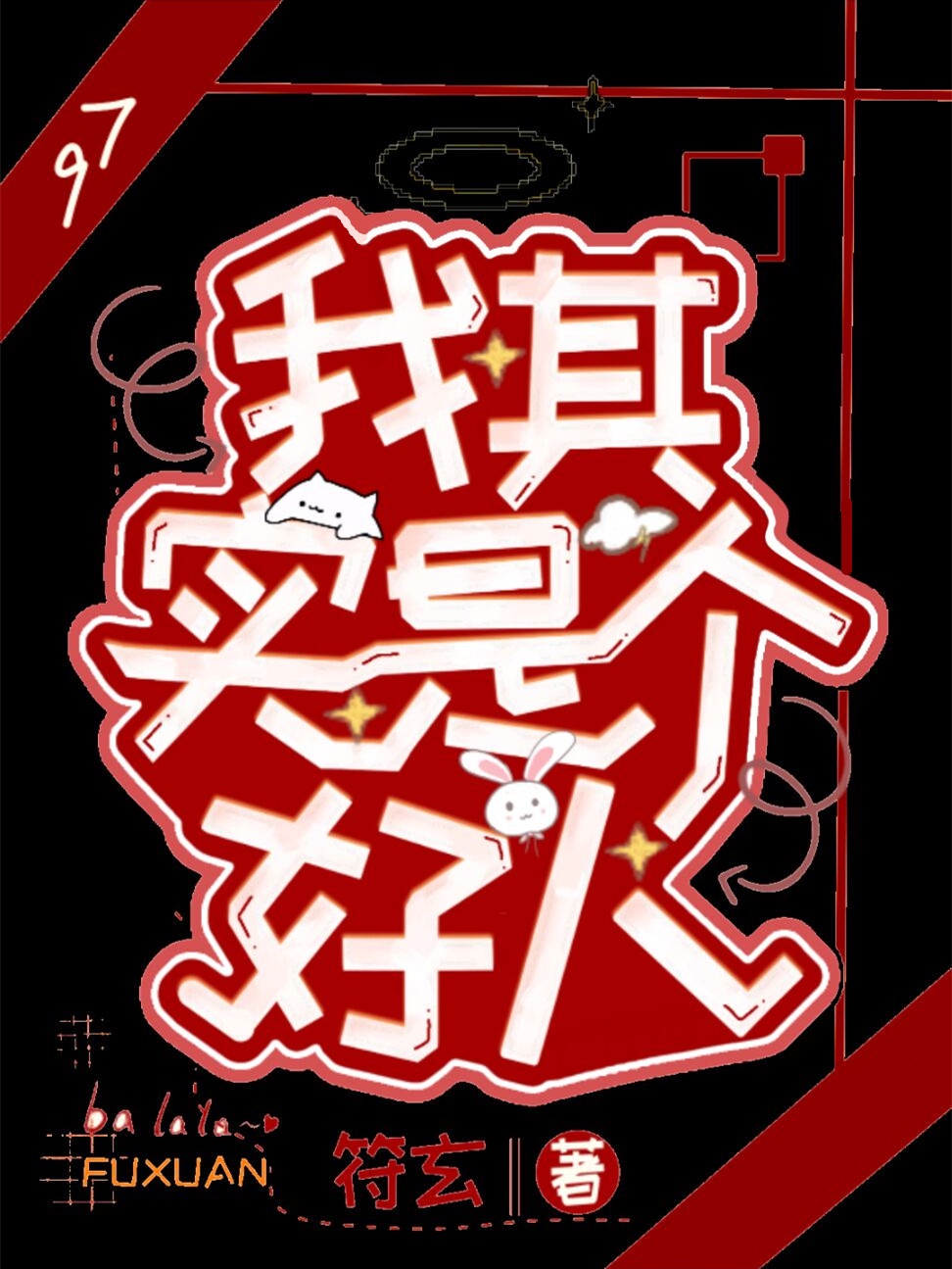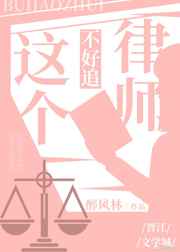
Translation Machine: A Movie ReviewTranslation Machine is a thought-provoking science fiction film directed by a renowned filmmaker. The movie, spanning 930 minutes, takes the audience on a journey into a futuristic world where translation machines have become the ultimate solution for breaking down language barriers. This film is a masterpiece that explores the positive and negative consequences of relying on technology for communication.Set in the year 2050, Translation Machine showcases a society where linguistic diversity has been harmoniously preserved, thanks to the cutting-edge technology known as the Translation Machine. This machine has the remarkable ability to instantly translate any language into the listener's native tongue. The film revolves around the central character, Dr. Samantha Johnson, a brilliant linguist who played a vital role in developing the Translation Machine.The narrative unfolds as Dr. Johnson is invited to present her latest invention, a more advanced version of the Translation Machine, to an international conference. However, the unveiling of this technology marks the beginning of an unexpected chain of events. As countries across the globe eagerly adopt the Translation Machine, people become increasingly dependent on it, leading to a dramatic decline in the importance of learning different languages.The film explores the consequences of this dependence on technology. On one hand, the Translation Machine eliminates the language barrier, promoting global harmony, and fostering understanding among diverse cultures. People are now able to effortlessly communicate with each other, leading to the enrichment of knowledge and the discovery of new ideas across borders. The positive impact of this innovation is evident in various fields, from international diplomacy to business negotiations, and from academic collaborations to everyday conversations.On the other hand, the film skillfully portrays the dangers that come with relying solely on the Translation Machine. As people become increasingly dependent on this technology, they lose the motivation to learn and understand different languages. The loss of linguistic diversity slowly erodes cultural heritage and identity, leading to the homogenization of society. Language, which has been an integral part of humanity for centuries, is sacrificed on the altar of convenience and efficiency.Translation Machine successfully raises thought-provoking questions about the boundaries between technology and human interactions. It begs us to consider whether the rise of such a device in society is a blessing or a curse. While it undoubtedly makes communication more accessible, it also reduces the significance of human connection. The film compels viewers to reflect on the importance of human communication, not just in transmitting information but also in building empathy, connection, and understanding.The performances in Translation Machine are exceptional, with the lead actress delivering a compelling portrayal of Dr. Samantha Johnson, torn between the benefits and pitfalls of her ground-breaking invention. The cinematography also deserves praise for its ability to visually capture the essence of the story. The film's haunting soundtrack serves to heighten the emotional impact of the narrative.In conclusion, Translation Machine is a remarkable film that provides a captivating glimpse into a possible future of language and communication. It deftly explores the pros and cons of relying on technology for translation while raising questions about the importance of human connection. With its thought-provoking storyline, outstanding performances, and stunning visual effects, Translation Machine is a must-watch film that challenges our perception of language and the role of technology in our lives.











